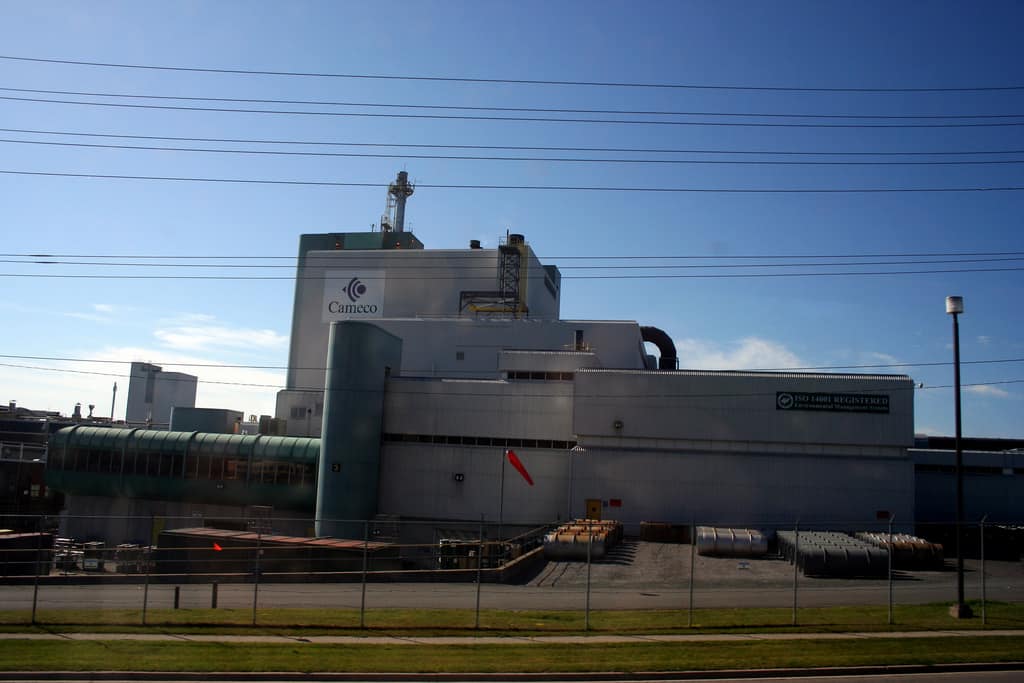Cameco Corp. (TSX:CCO)(NYSE:CCJ) released its second-quarter earnings on Thursday which showed revenue being flat from a year ago. However, the company was able to reach breakeven earnings per share after last year posting a loss of $137 million. A big reason for the improvement in the bottom line was the prior year had an impairment charge of $124 million that was not present on Cameco’s statements this time around.
Although the results were not much of an improvement when you factor out the impairment charge from the previous year, the good news was that the company’s tax disputes with the Internal Revenue Service (IRS) in the U.S. came to a close. Initially, the IRS had claimed that Cameco owed over $122 million in taxes for previous years, specifically from 2009 to 2012. However, the IRS came to an agreement with the company, and Cameco is only going to have to pay $122,000 in taxes.
But that may not be the end of Cameco’s tax issues, as it still has an unresolved dispute with the Canada Revenue Agency (CRA). The CRA alleges that Cameco owes $2.4 billion in back taxes; however, some analysts believe the favourable outcome with the IRS might help the company’s case with the CRA.
Another big dispute the company has is with Tokyo Electric Power Company (TEPCO) and the contract it cancelled with Cameco. The contract represents a total of $1.3 billion in possible revenue for Cameco, and the company claims that TEPCO had no basis for terminating the agreement. The result of this will have a significant impact on the company and its share price.
Lastly, uranium prices are very low and present yet another uncertainty for Cameco. The demand for uranium is primarily driven by nuclear power and the number of reactors that are operating. The Fukushima nuclear disaster in Japan that occurred in 2011 is still causing problems for demand, as there are reactors that still have not come back into production since then. Currently, much like in the case of oil, there is an excess supply of uranium which has prevented uranium prices from being able to see sustainable increases.
The price of uranium continues to fall and has struggled to stay above $20. In December, prices dipped below $20 and recovered only to decline again this year. Prior to last year, the last time uranium prices were this low was back in 2004. If prices do not improve, Cameco will continue to struggle to turn a profit. It was expected that pressures on demand would have pushed the price of uranium up by now, but that clearly has failed to materialize.
The impact of a low uranium price is evident in the company’s recent and past earnings. This is the third consecutive quarter that the company has failed to turn a profit, and only one in the last five quarters has not been in the red. Although the company is currently trading at just under its book value, there is a lot of risk and uncertainty around it, and I would stay away from the stock for now.









